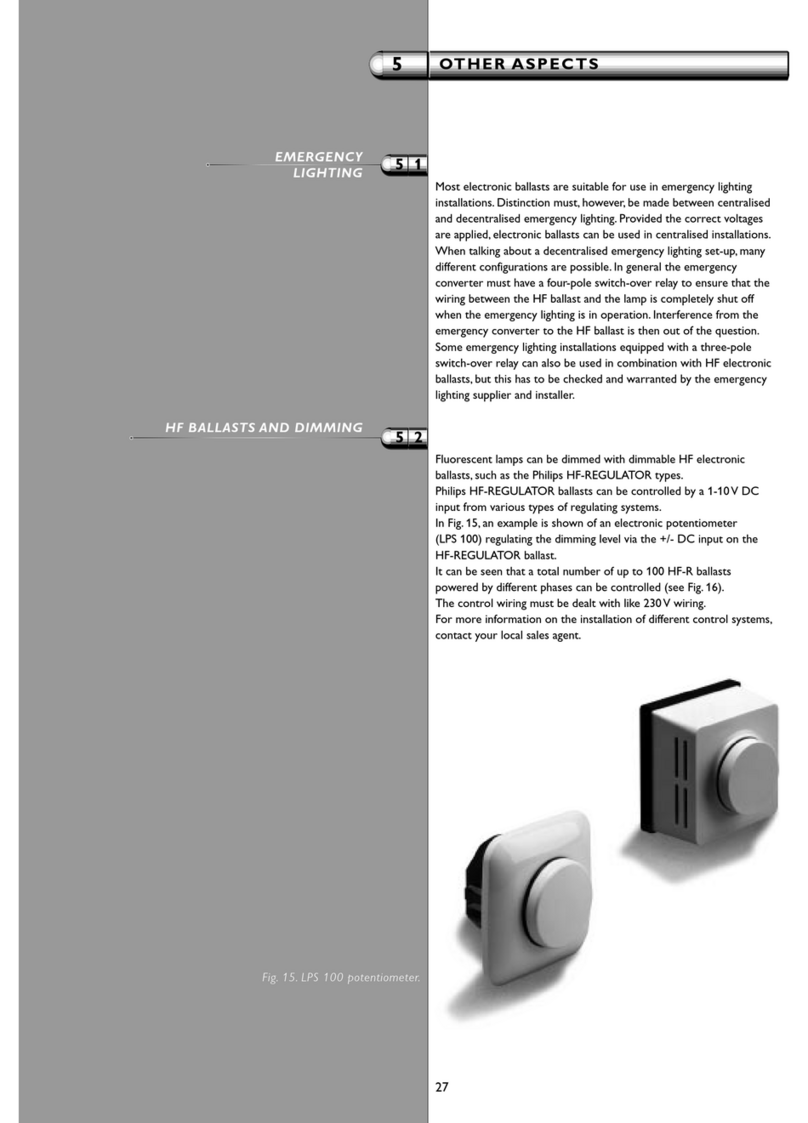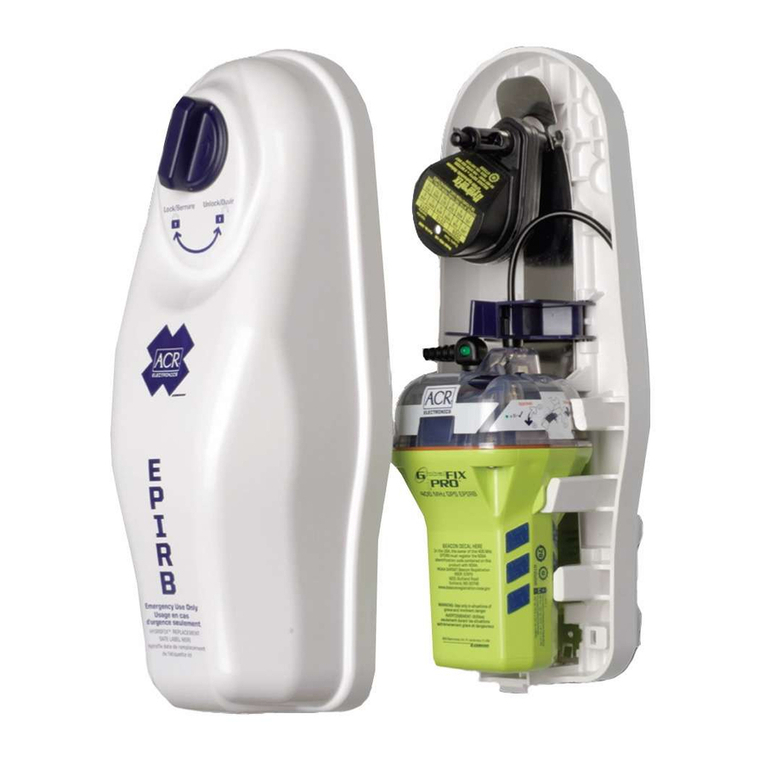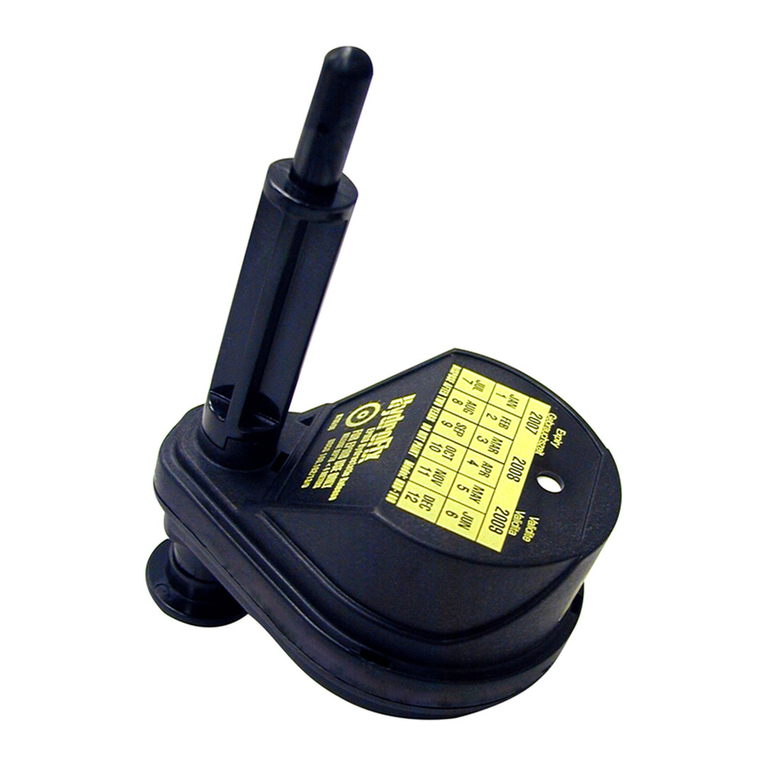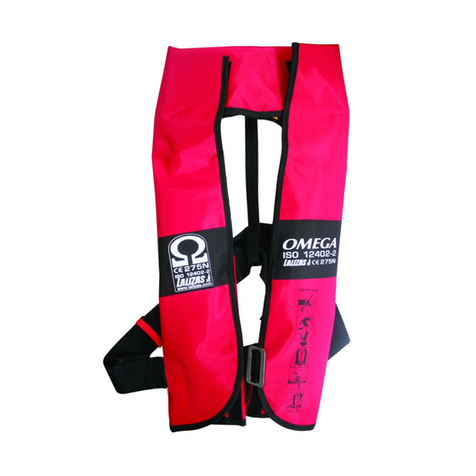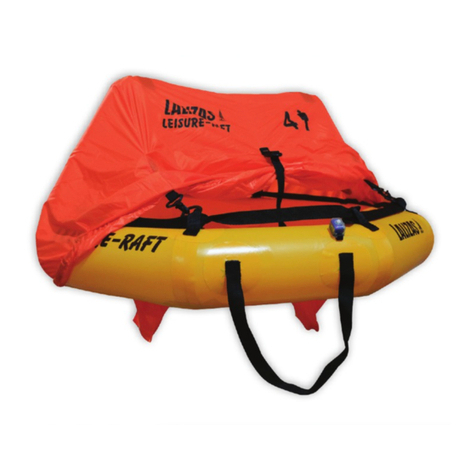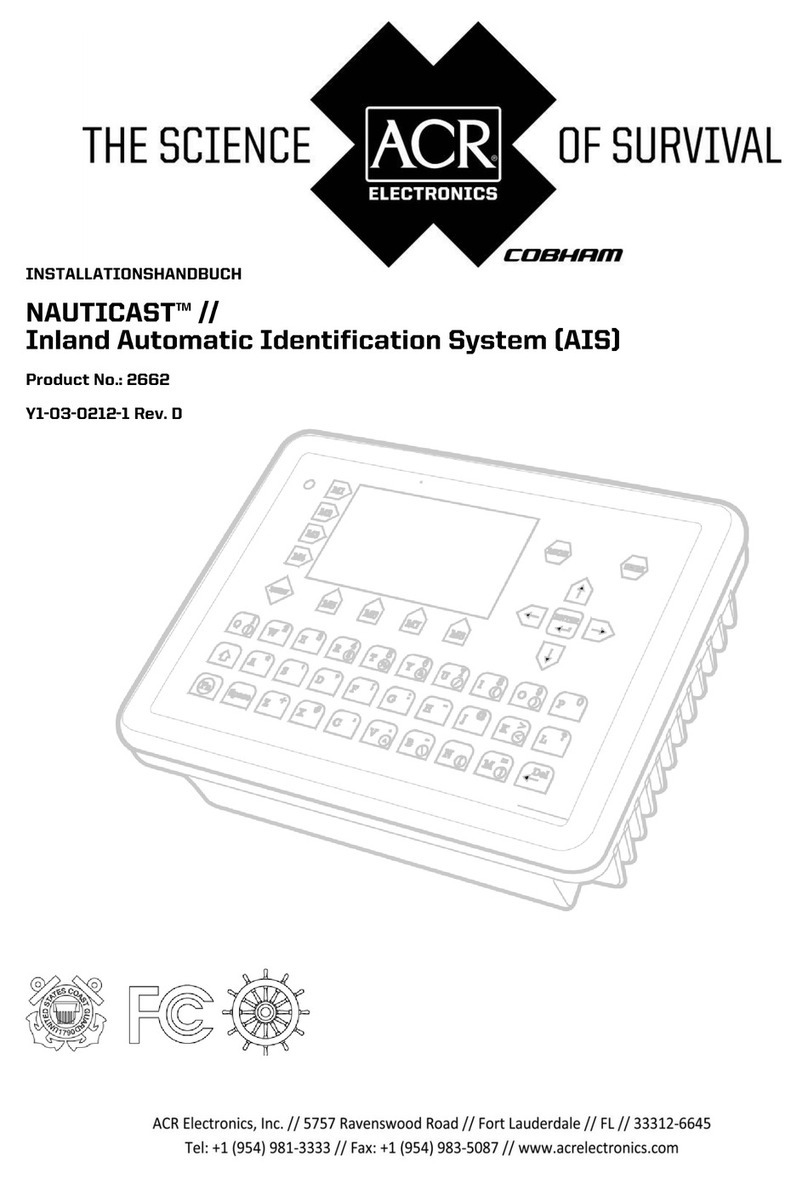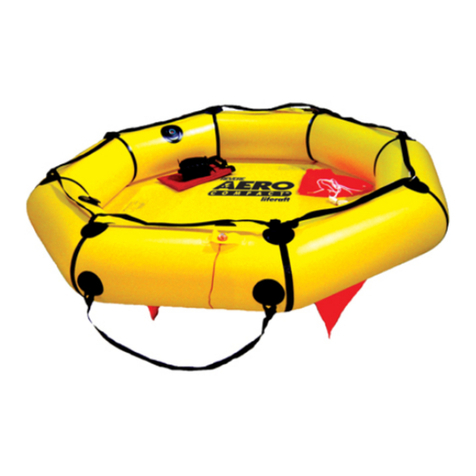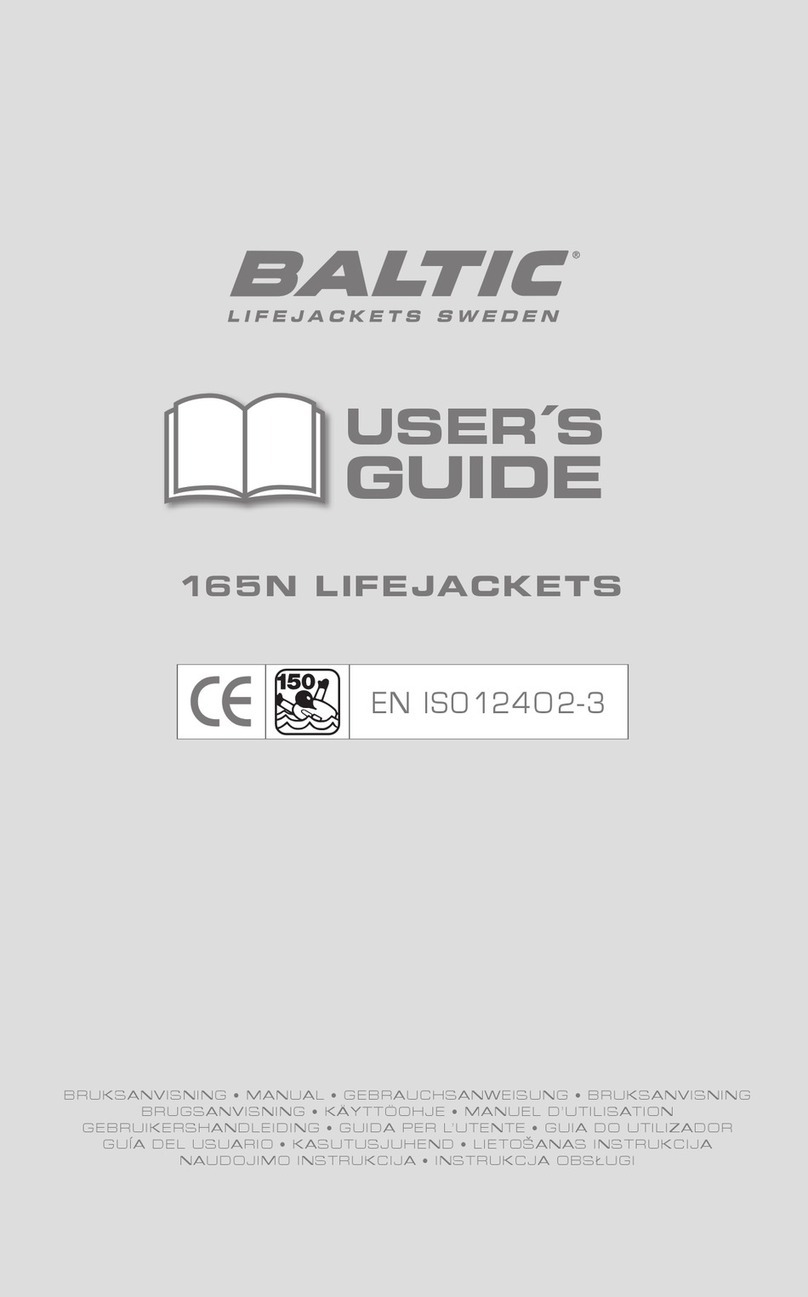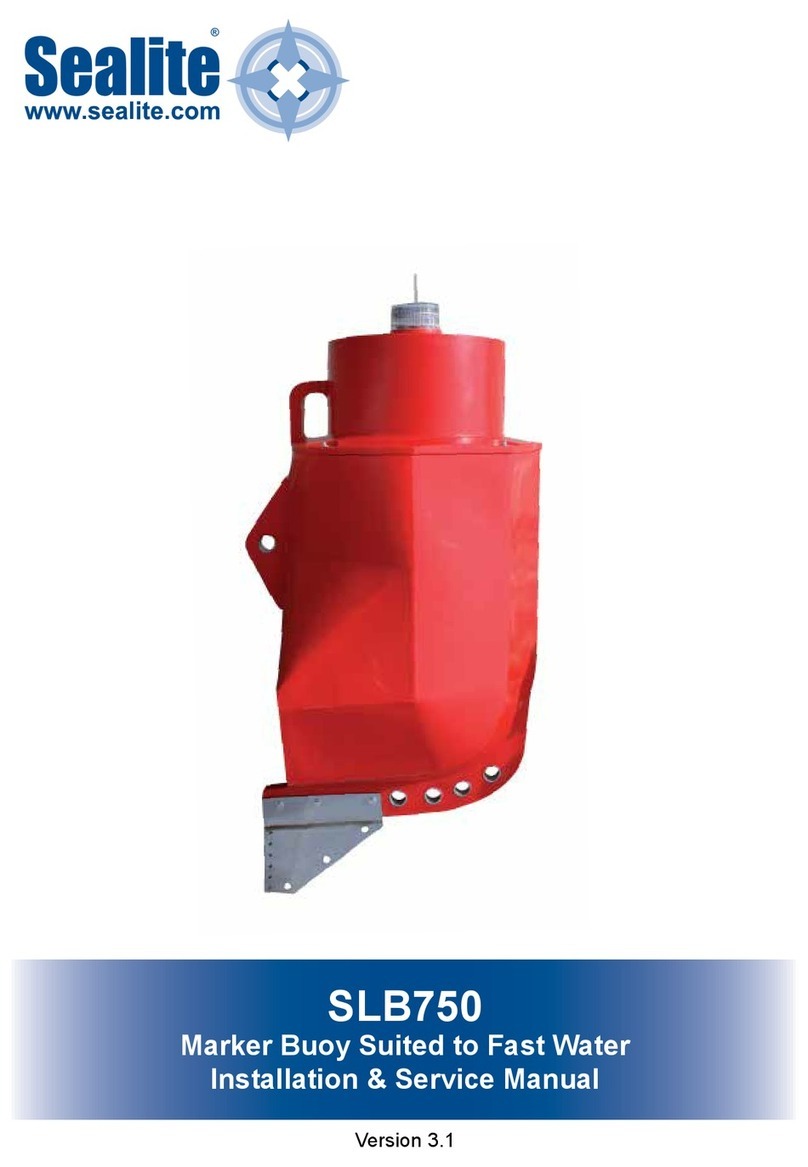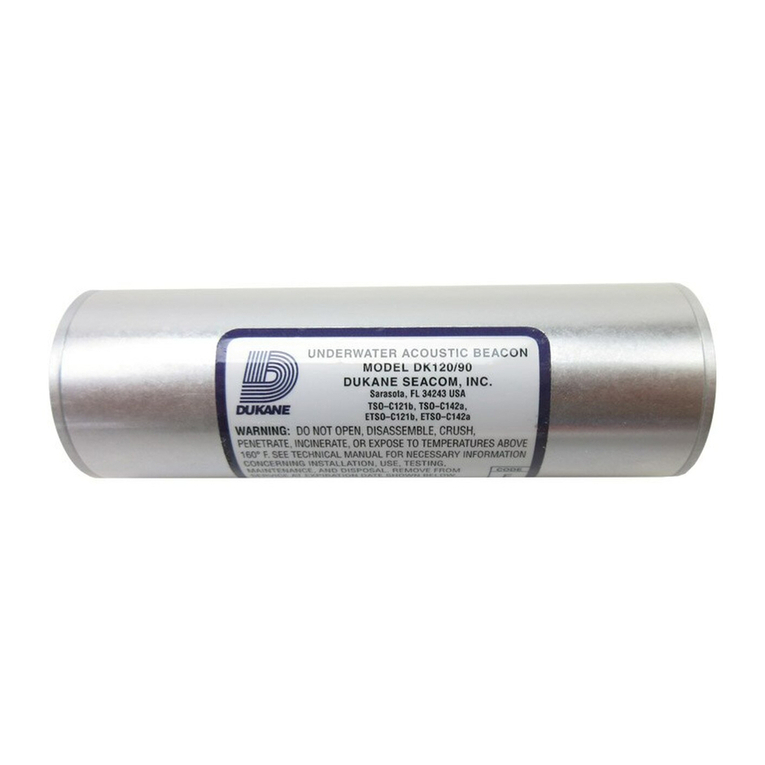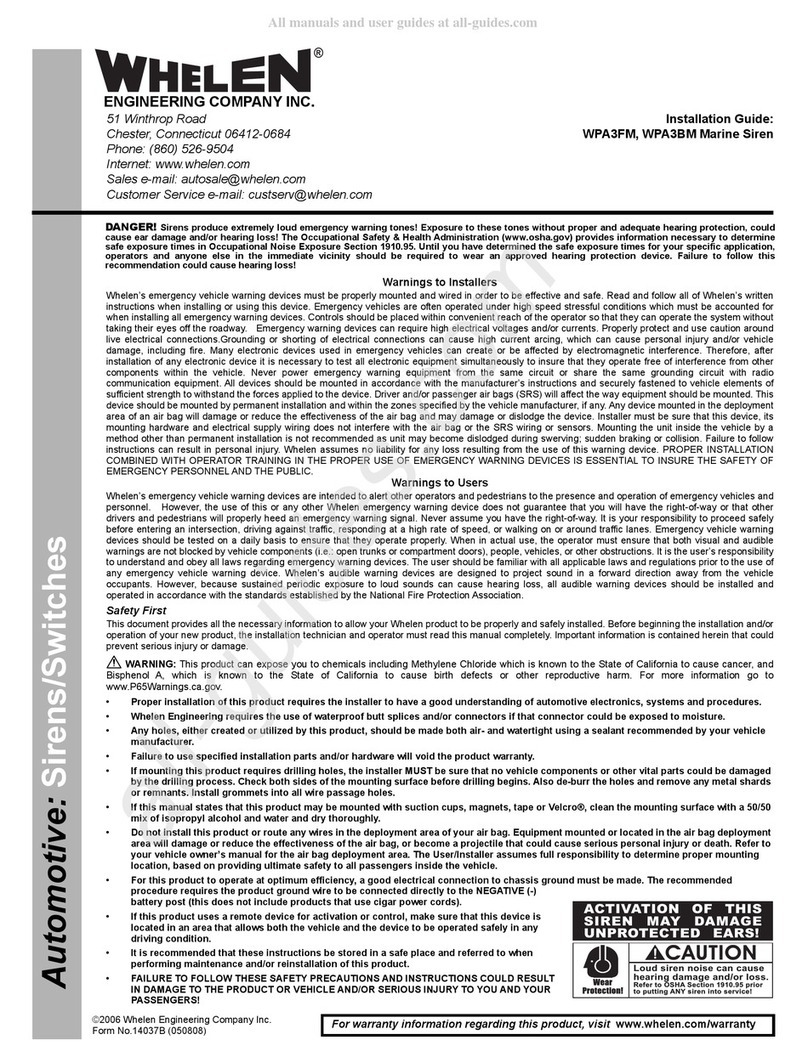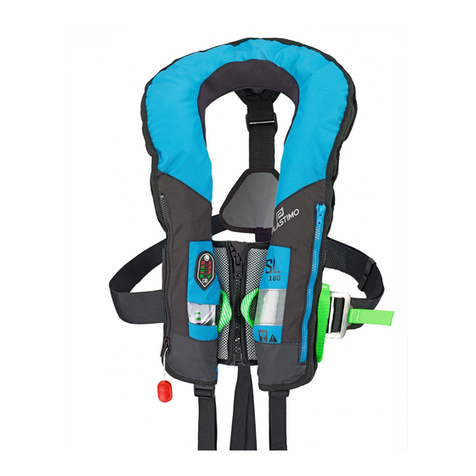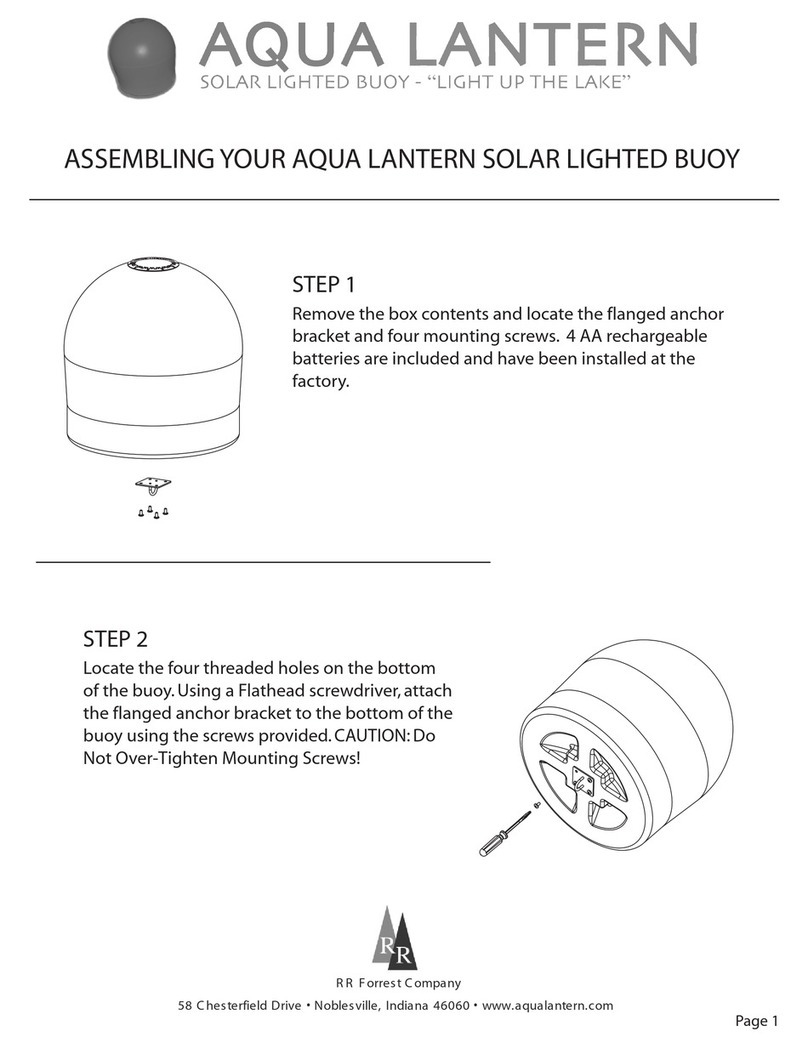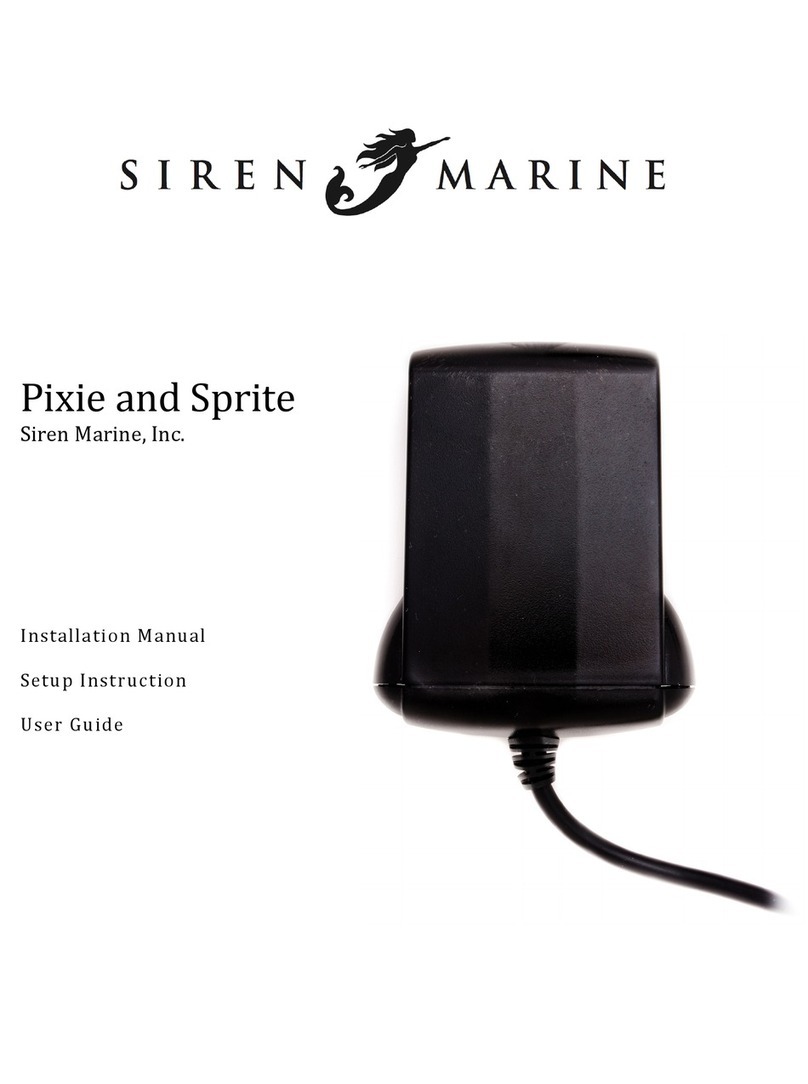
3
the canister will sink together with the ship. When it sinks to 2-4 meters below the water
surface, the lashing of the canister will be released automatically by the hydrostatic release
unit due to water pressure, and then the canister will oat freely on the water. During the
continuous sinking of the ship, the painter line will be pulled out continuously with the help
of its own buoyancy, until activate the operation head of the cylinder to fully inate the
liferaft. When the ship sinks further, the easy-broken line will break, thus the liferaft will
separate from the sinking ship. (Picture 6)
6. Boarding
6.1 After the liferaft is close to the shipboard, the passengers can board the liferaft through
boarding ramp or boarding ladder or other ways. If the passenger’s position is not far away
from the water surface, he or she can jump into the liferaft directly. The passengers fallen
into the water shall swim close to the liferaft, and then board the liferaft through boarding
ramp or boarding ladder.
6.2 After boarding, except seating orderly, the occupants shall search the others in the
water and help them to board the liferaft. The occupants can throw the rescue quoit with
enough length of rope to the persons in the water and pull them to the liferaft side after
they grab the rescue quoit, then help them to board into the liferaft. During the night, the
occupants can search the sea surface by electric torch and whistle to raise the attention of
the persons in the sea.
6.3 After all the passengers evacuate to the liferaft, cut off the painter line to separate
the liferaft from the sinking ship, and then paddle away the liferaft from the sinking ship.
(Picture 7)
6.4 When the liferaft is away from the sinking ship and in a safe position, launch the sea
anchor to avoid liferaft oating too far away from the sinking ship for the sake of rescuing
in time.
7. Self-protection and SOS
7.1 If there is accumulated water in the liferaft, open the cover of discharge system or use
the bailer and sponge in the emergency bag to dry it.
7.2 Use SOS signal correctly in right time to get rescued as early as possible. You can
reveal your position by using the following ways:
7.2.1 Observe the sea and air condition, when nding airplanes and ships passing by,
release the red are signals immediately or send Morse signals by using electric torch.
(Picture 8)
7.2.2 Turn off the indication light to save electricity.
7.3 There is emergency pack(s) inside liferaft, which includes various equipments and ac-


